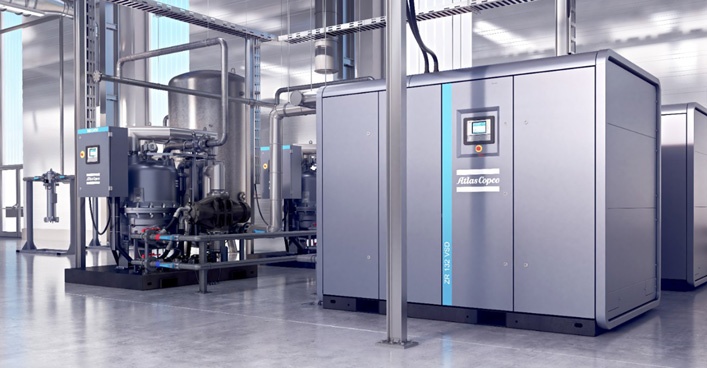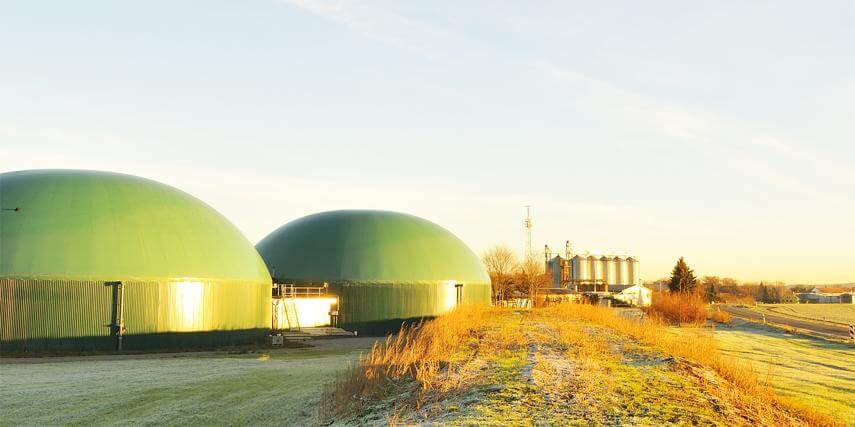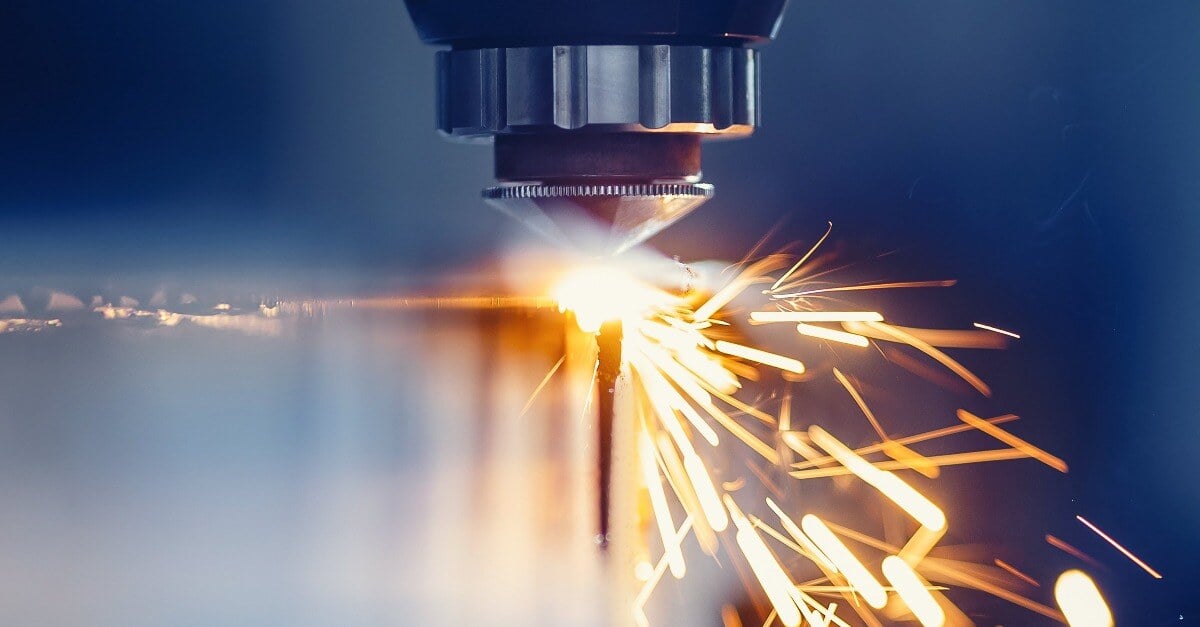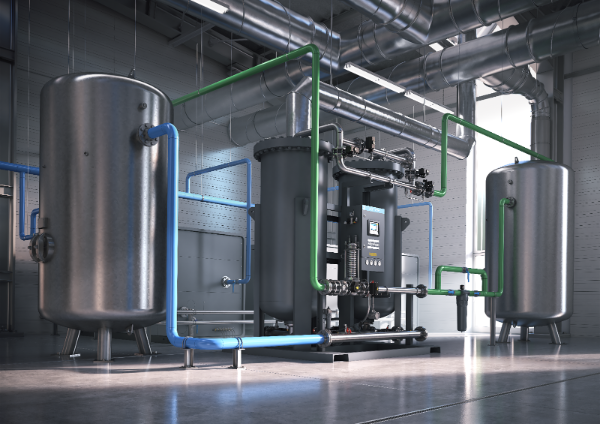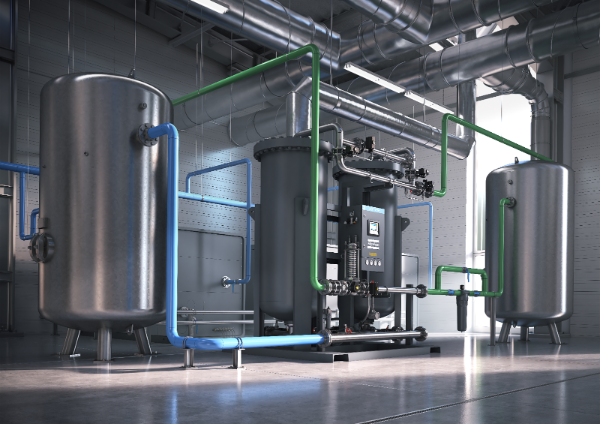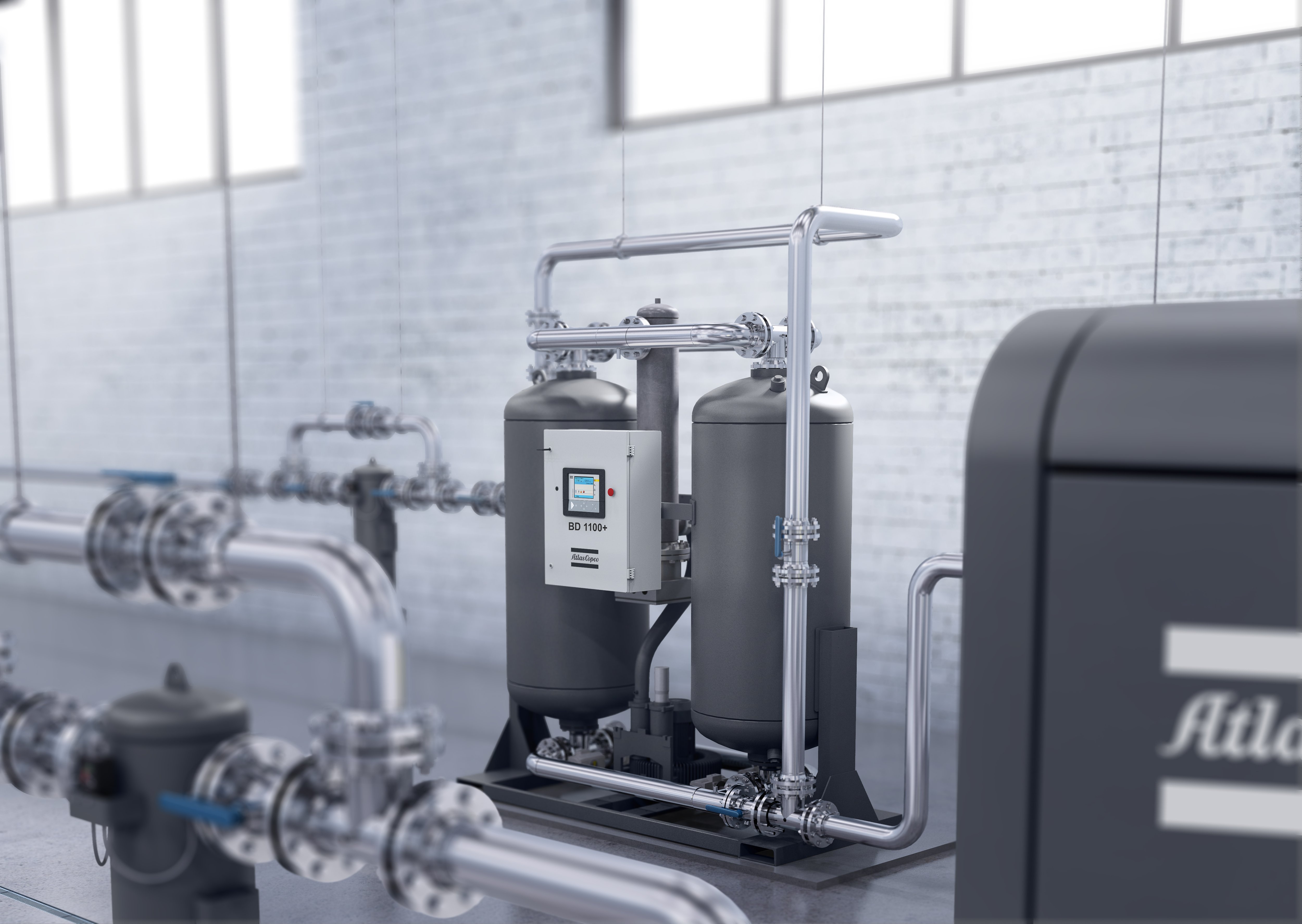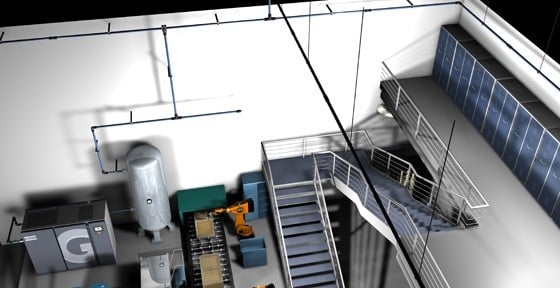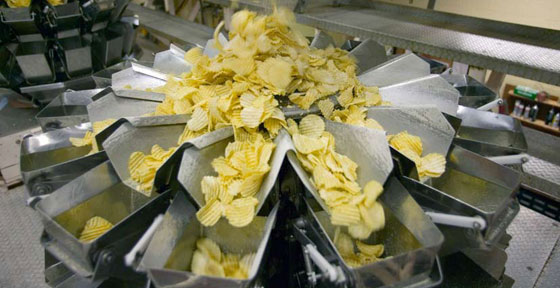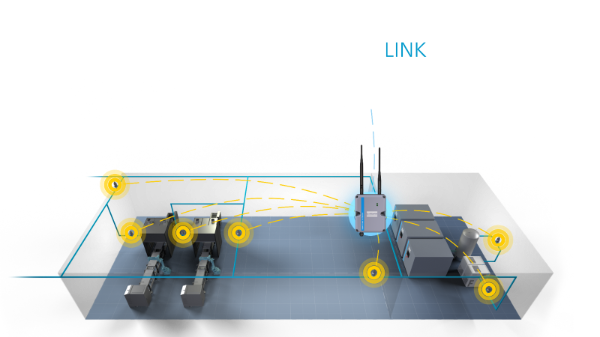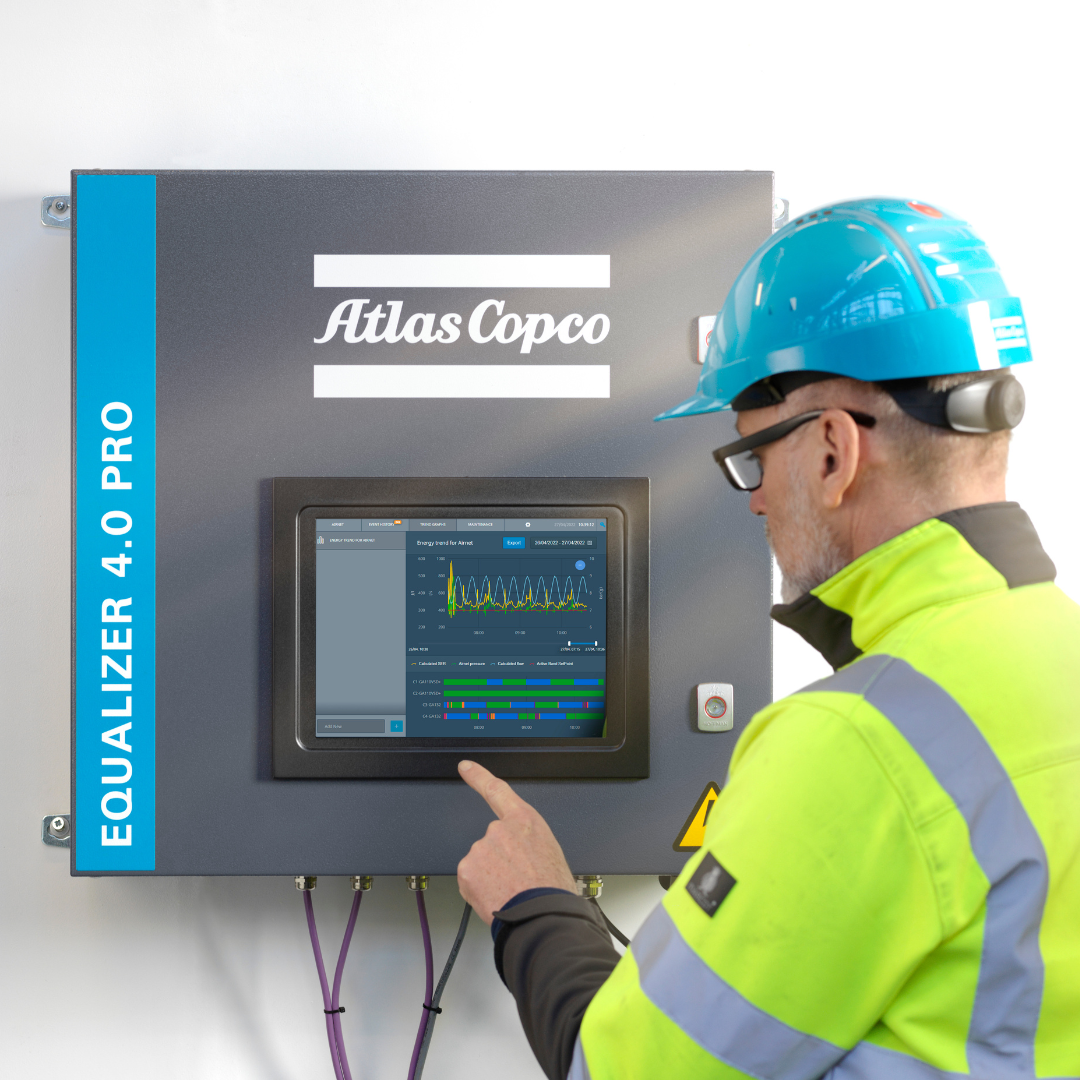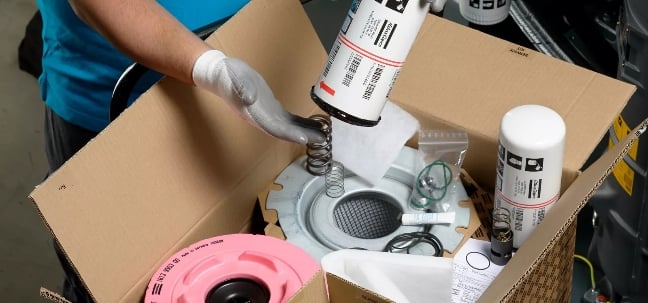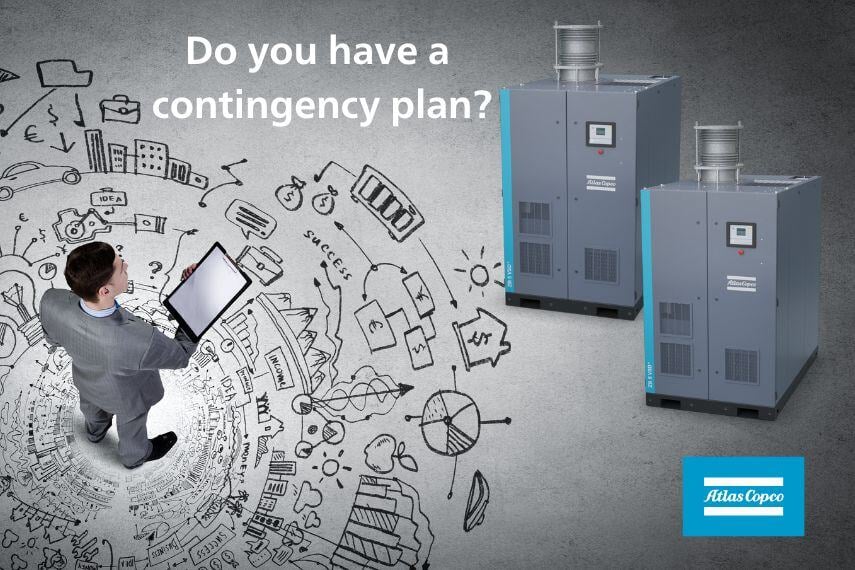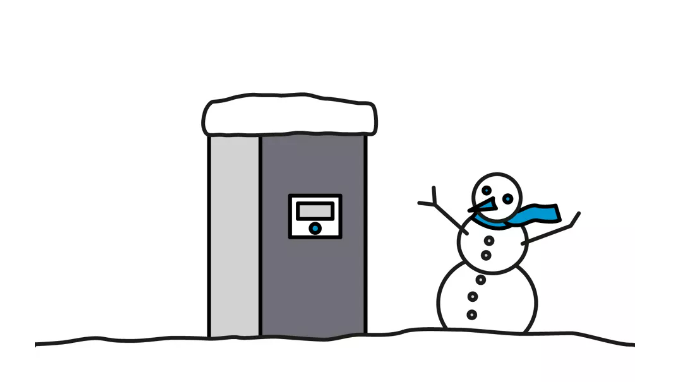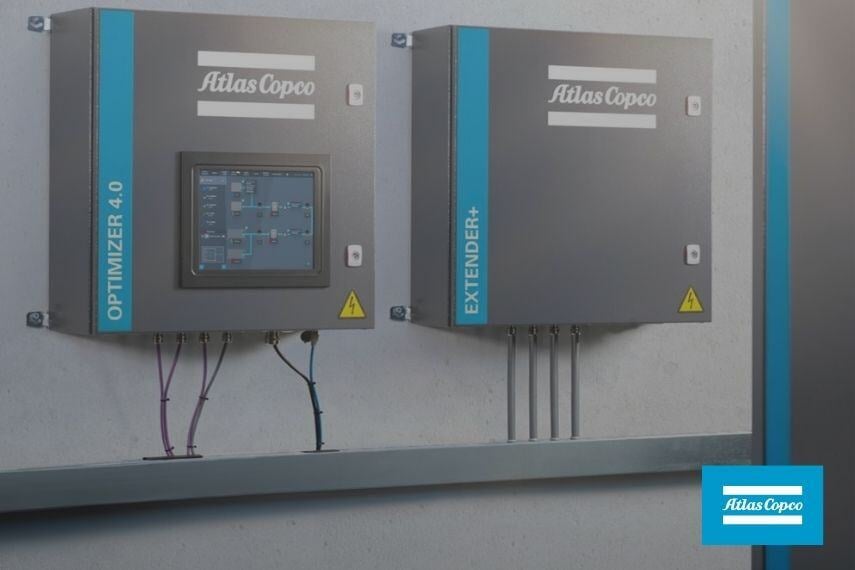The Value of Preventive Maintenance
Standard maintenance schedules ensure that your compressor receives the minimum amount of maintenance necessary to keep it functioning well. Preventive maintenance, on the other hand, not only assists in lengthening the life of your machine, but also increases your equipment’s efficiency. By following a preventive maintenance plan, you can catch and eliminate issues before they get bigger — avoiding costly repairs and downtime down the road. You can also be confident that your compressor is operating at a level that’s as close to peak efficiency as possible.
While, in most cases, members of your in-house maintenance team are likely knowledgeable enough to perform the preventive maintenance tasks themselves, there are a variety of tasks that should be performed by a compressed air professional. Examples include:
- Motor replacements
- Repairing mechanical breakdowns
- Relocation of particularly large, heavy machines
- System safety shutdown inspections
- Any compressor maintenance-specific tasks for which your staff isn’t trained
It’s important that the staff members working on your compressor system be trained in both machine operation and the broader principles of how air compressors work.


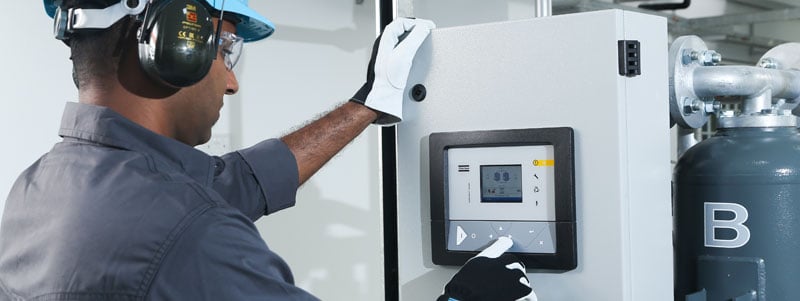
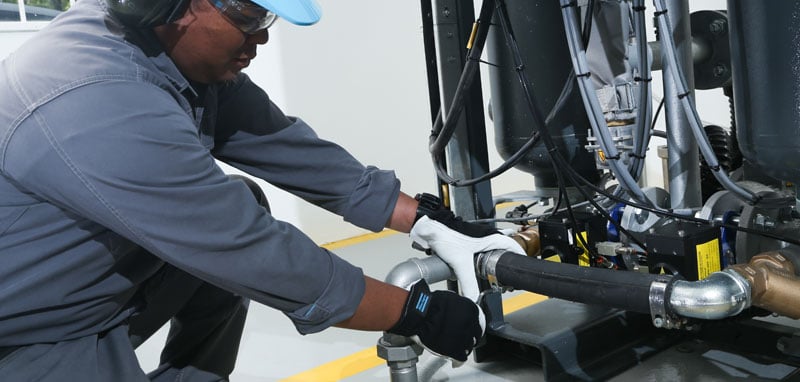
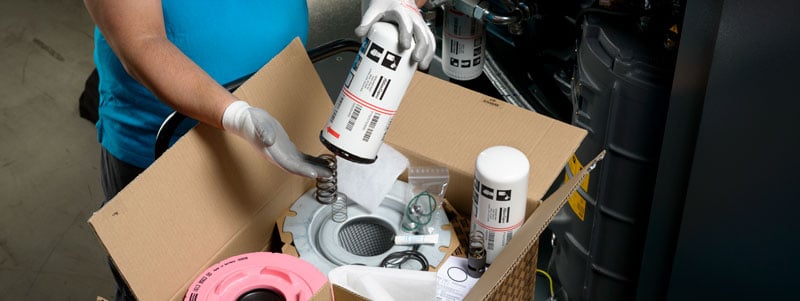
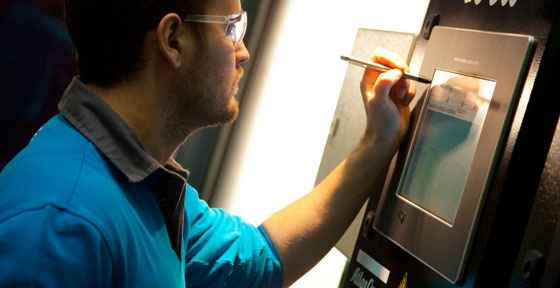
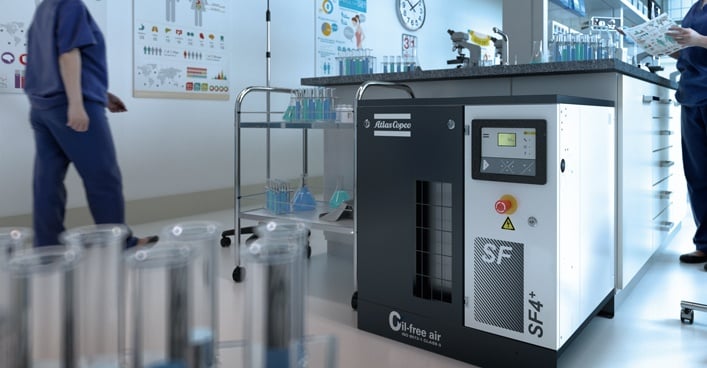

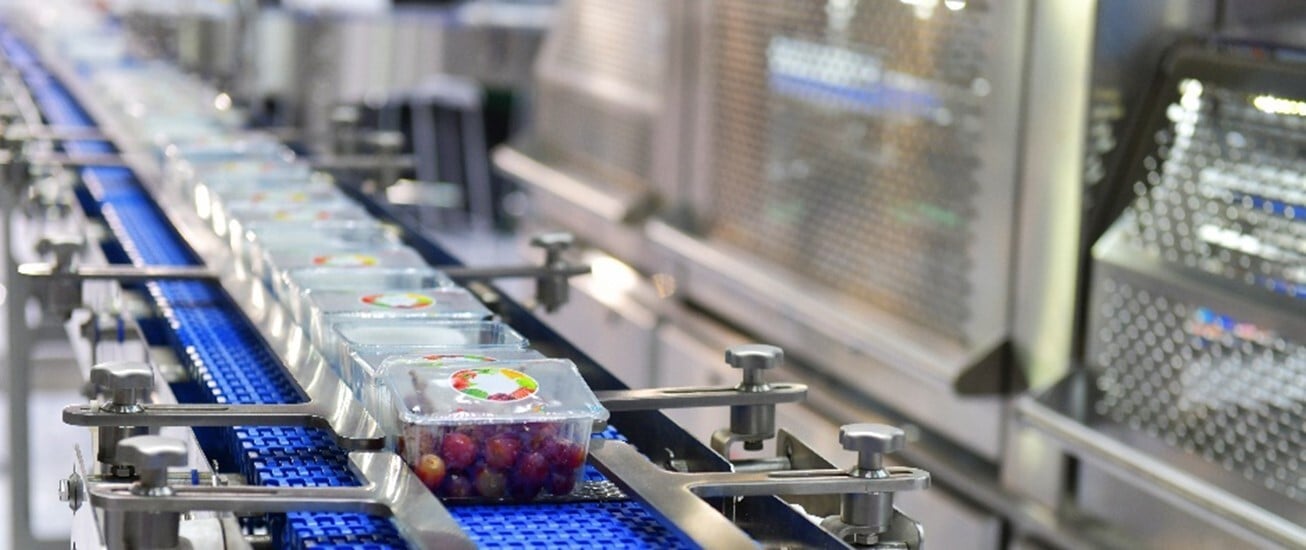
.png)
